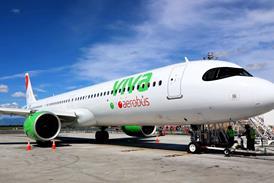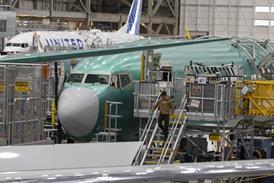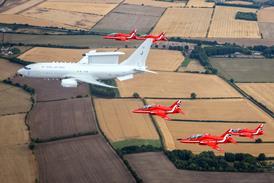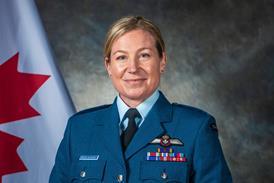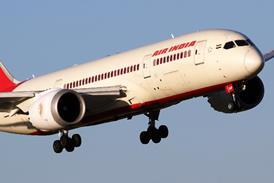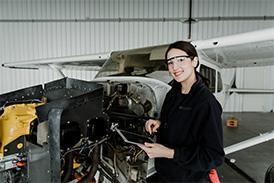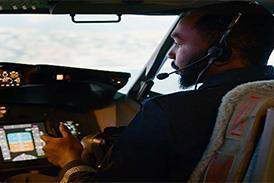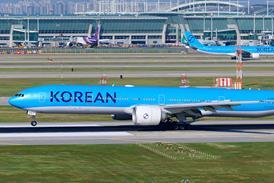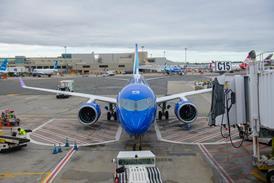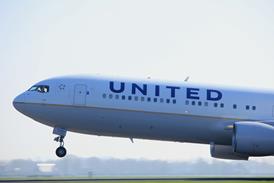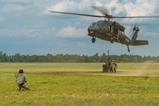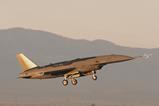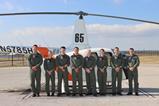The US Air Force says it needs to significantly expand its fleet of fighter aircraft to meet global security requirements.
In an analysis report obtained by FlightGlobal, the USAF projects it will need to grow its inventory of combat-assigned fighters to a total of 1,558 jets by 2035, from a current level 1,271 (as of the current fiscal year 2026).
That represents an increase of 22%, a goal which will be difficult to achieve given the age of the current fleet, existing industrial base capacity and plans to retire legacy fighters.
“The tactical fighter aircraft force has atrophied due to underinvestment,” declares the report, which was prepared for lawmakers in the US Congress and signed by air force secretary Troy Meink.
“The increasing cost of technology has outstripped USAF resources, leading to a significant gap in the USAF competitive edge,” the analysis adds.
The unclassified portion of the report indicates that the USAF plans to grow its fighter fleet by expanded fielding of the Lockheed Martin F-35A and Boeing F-15EX.
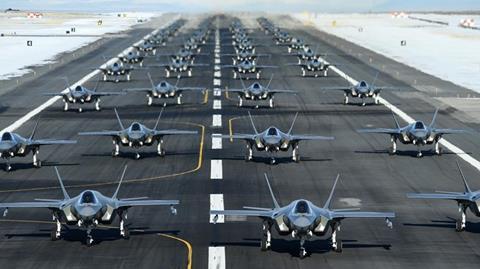
Specific figures in the report going out to 2030 indicate the USAF is on track to increase its F-35A fleet to 472 examples from a current level of 344 jets.
The F-15EX inventory is targeted to grow by least 84 examples over the same period, although the report notes that programme is currently behind schedule, due in part to a protracted labour strike at Boeing’s production facility.
The sixth-generation Boeing F-47 air dominance platform is referenced throughout, although specific figures related to that programme were withheld in a classified annex to the report.
Working against the new aircraft procurements is the divestment of legacy platforms, including older F-15C/Ds, early block configuration Lockheed F-16s and Fairchild Republic A-10 attack jets.
The inventory of more recent F-15Es is set to also shrink, from 133 currently to a projected level of 78 by 2030. That would be offset by the addition of more F-15EXs.
Modernised F-16s (Block 40/50 and above) and newer Block 30/35 Lockheed F-22s on frontline combat duty will be held at steady inventory levels.
Modernising the F-22 is identified as a key priority, with the USAF describing the hyper-manoeuvrable stealth jet as a “bridge to the F-47”.
“It remains the world’s premier air superiority fighter,” the service says of the Raptor.
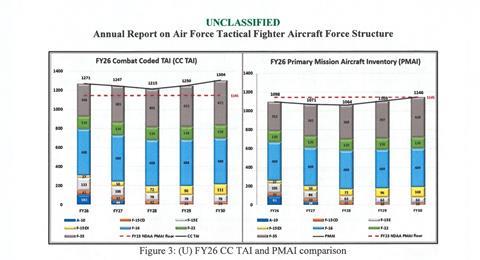
Notably, the uncrewed Collaborative Combat Aircraft fighters currently under development will not count toward the future inventory goals.
“Although CCA is a force multiplier, it is not a replacement for manned fighter aircraft,” the air force says.
Acquisition profiles for the first tranche of CCAs were also withheld in the classified portion of the report. However, the service does identify that project (alongside the F-47) as the “number one” modernisation priority.
The USAF does disclose that it initially plans to pair those semi-autonomous jets with F-35As and F-22s, and later the F-47 when that type enters service.
“Additional fighter aircraft are also being considered for pairing with CCA,” the service says of its fourth-generation force.
To meet both the 2030 interim target of 1,369 frontline fighters, and the 2035 end goal of 1,558, the USAF will need a significant infusion of new funding to increase both current procurement levels and industrial capacity.
The report notes that meeting “acceptable military risk milestones” by 2030 would require purchasing both F-35As and F-15EXs and the maximum rate of production.
Boeing plans to ramp its Eagle II assembly rate to a level of 24 jets annually, which the USAF says can be achieved by 2027 with sufficient order volume.
Perhaps more notably, the air force report outlines an F-35A buy rate of 100 jets per year, which it says Lockheed could meet by FY2030.
Lockheed currently assembles 156 F-35s per year across all three variants of the single-engined jet. Historically the company has sought around 80 orders per year across all three US military operators to maintain that annual production rate.
However, the Trump Administration has moved to reduce that annual buy, citing dissatisfaction with flight certification delays and sustainment costs.
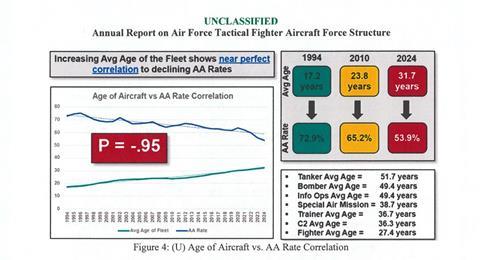
Lockheed declines to address specific figures in the USAF analysis, deferring comment to the Pentagon F-35 Joint Procurement Office.
However, the company tells FlightGlobal that the F-35 remains the most affordable advanced fighter capability on the market.
”We appreciate the US Air Force’s continued confidence in the combat-proven F-35 and investment in national defence,” Lockheed says. ”This solidifies our confidence in the build rate, and we are positioned to meet the increased demand. We will continue to work closely with the Joint Program Office to ensure we are supporting the requirements of our US and international customers.”
Specific acquisition targets aside, the air force report makes clear that the service faces a significant challenge in meeting the demand for tactical airpower worldwide, particularly balancing a multi-year modernisation effort against the need to maintain an ageing fleet of existing fighters.
“The USAF operates the oldest fighter aircraft fleet of any [US] service and many key partner nations by a large margin,” the report notes. “The USAF fighter fleet is twice as old as that of the US Navy and three times older than the Royal Australian fighter fleet.”
Reaching the interim goal of 1,369 combat-coded tactical fighters will require funding for maximum procurement of the F-47, F-35A and F-15EX, the analysis concludes.


